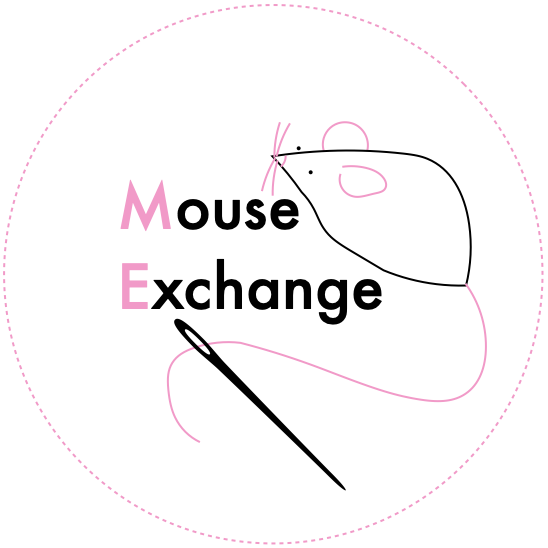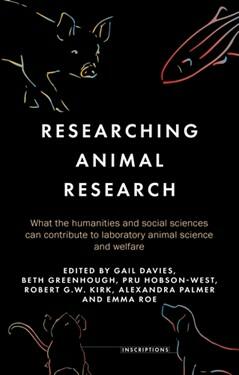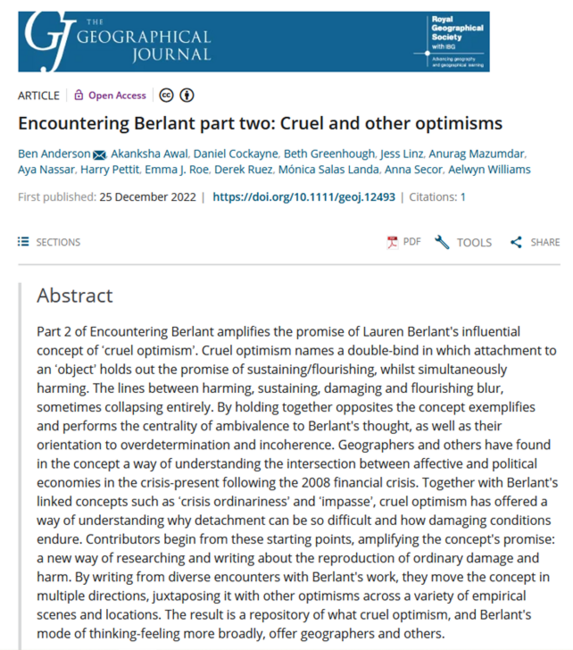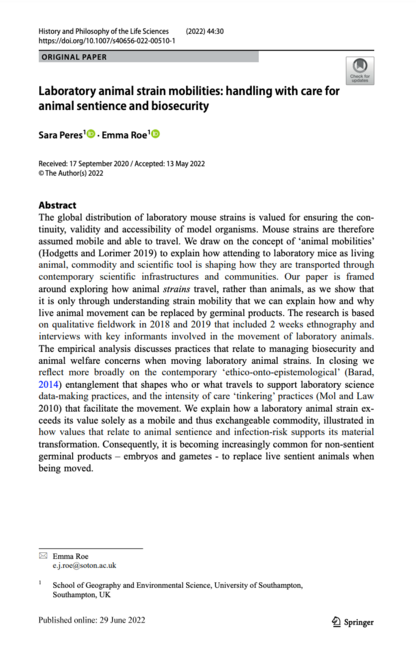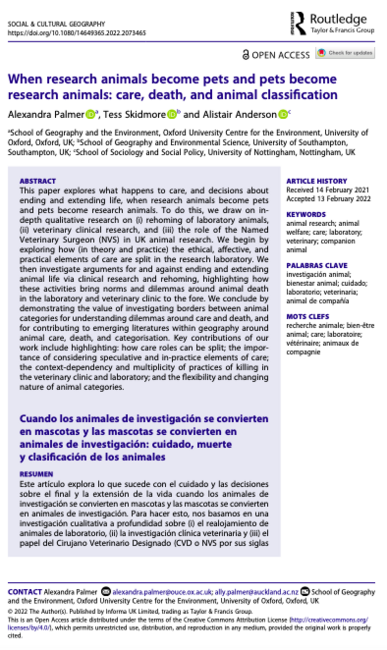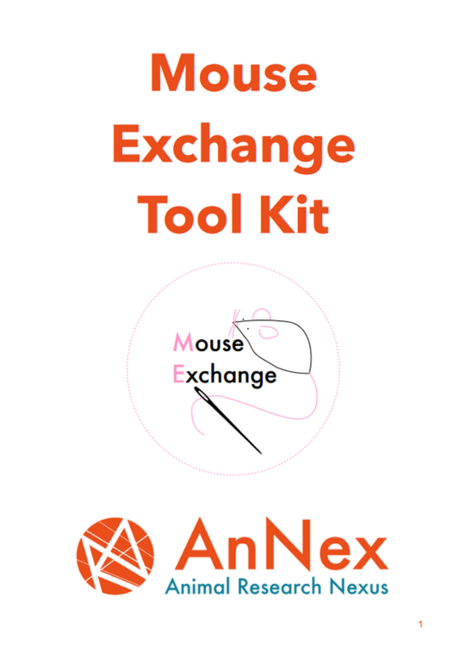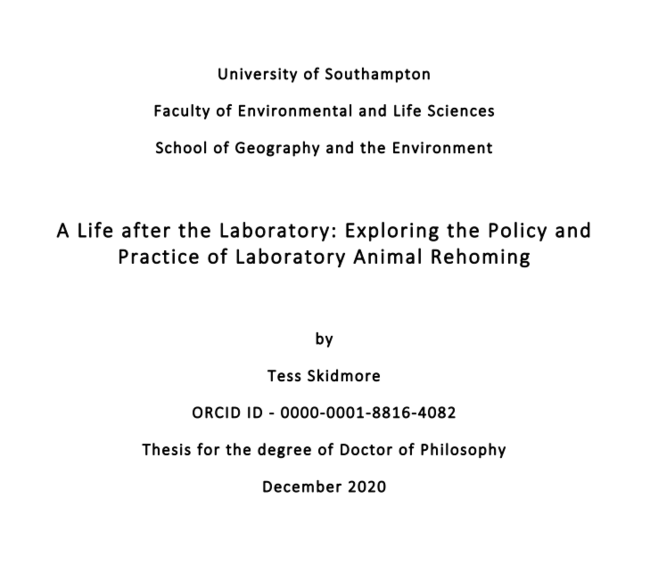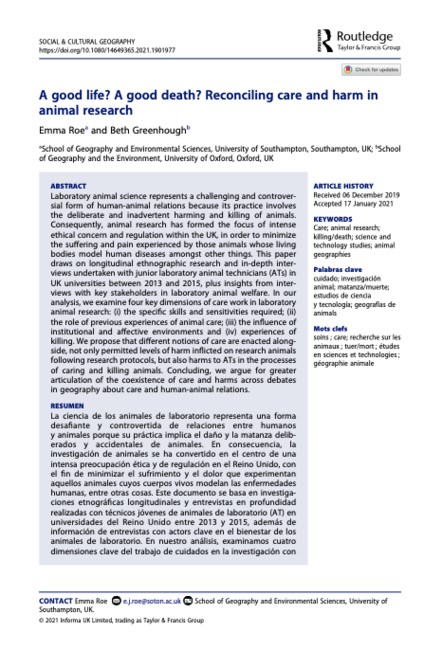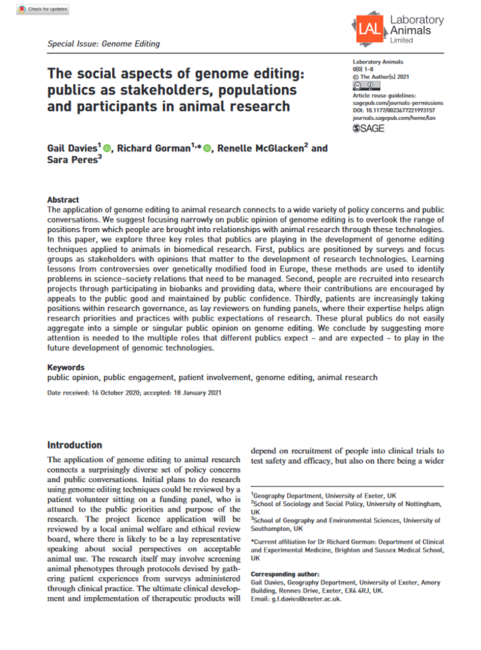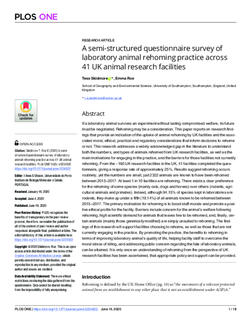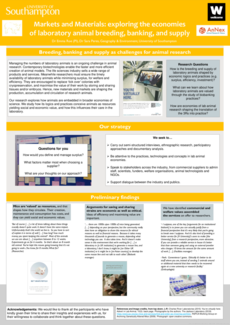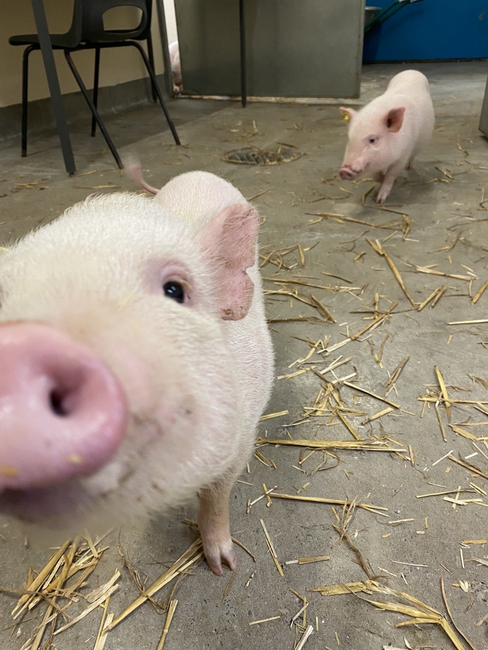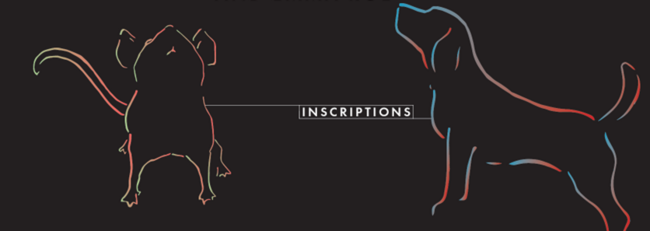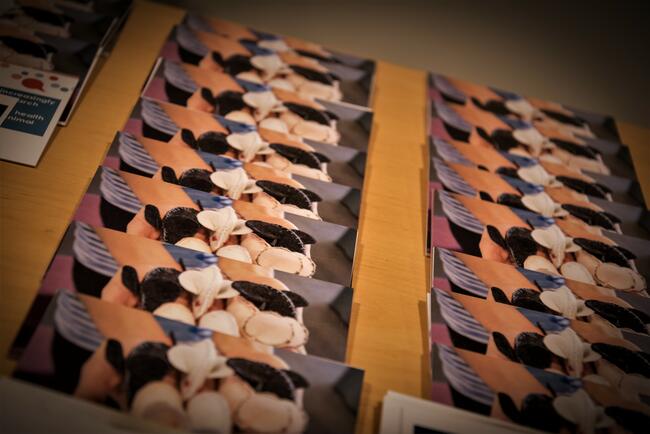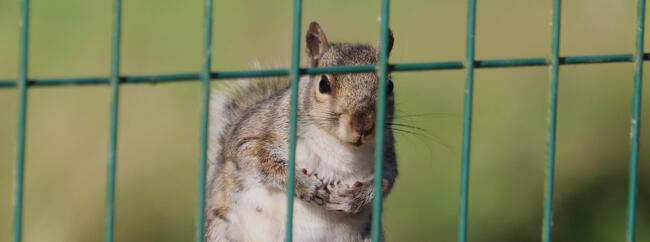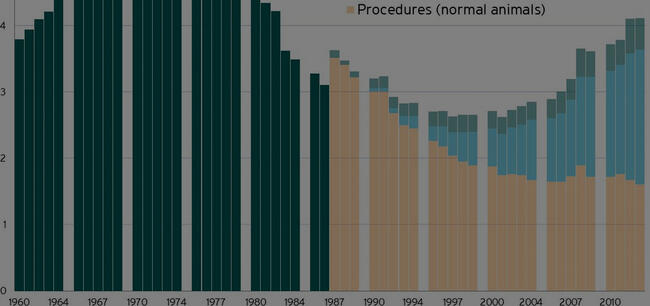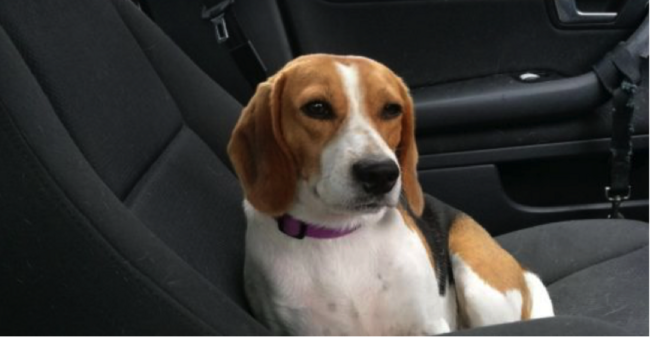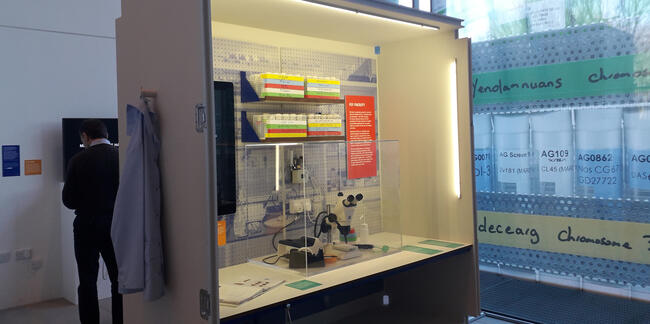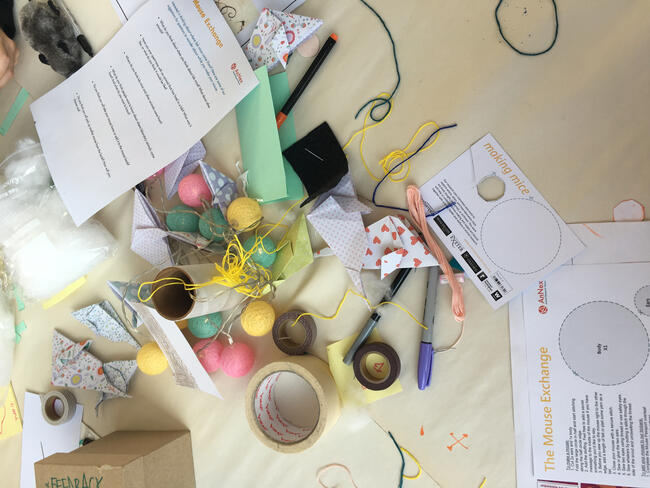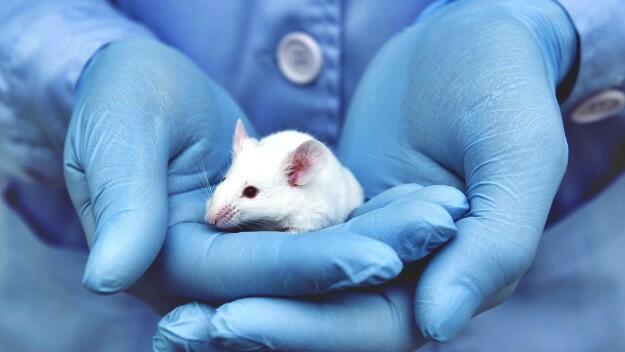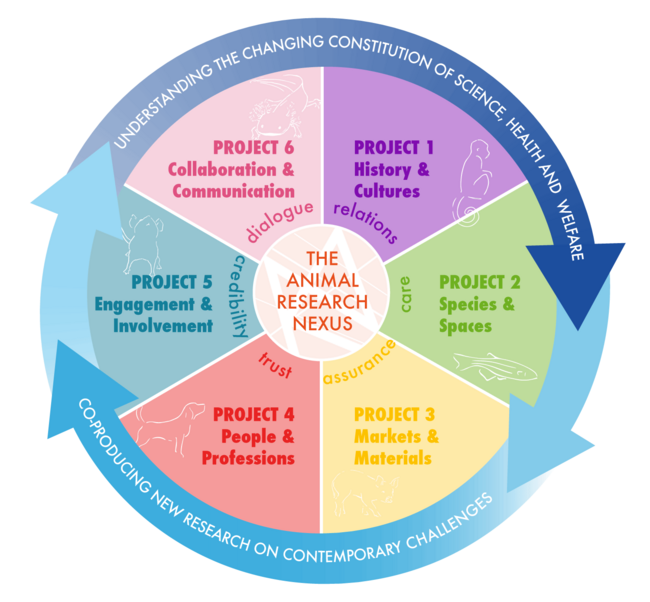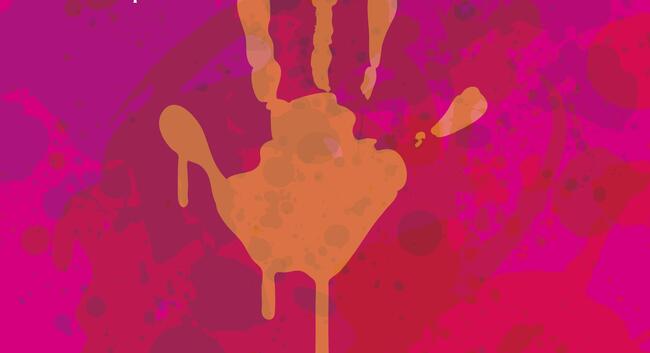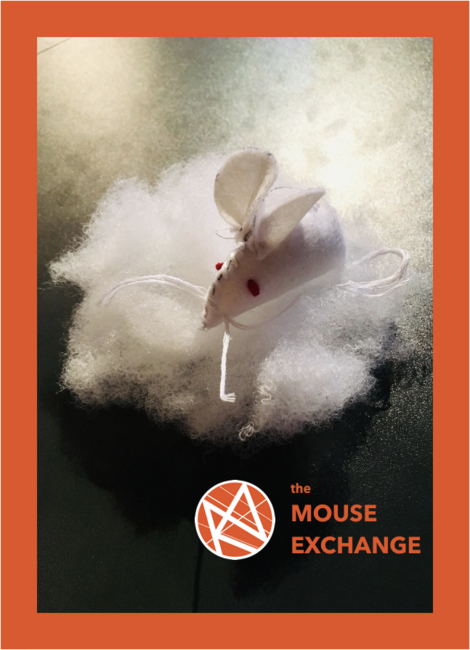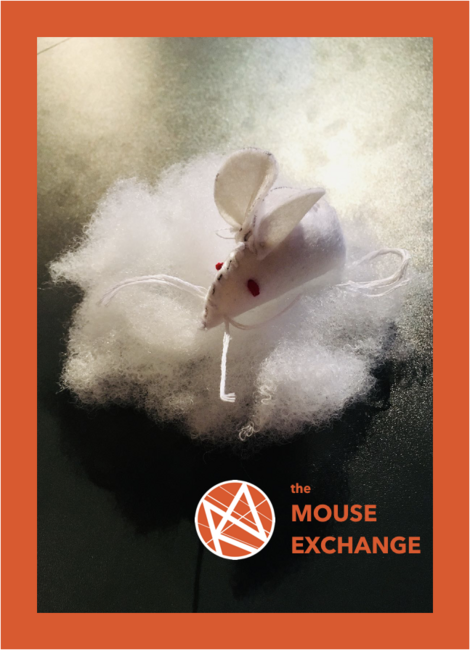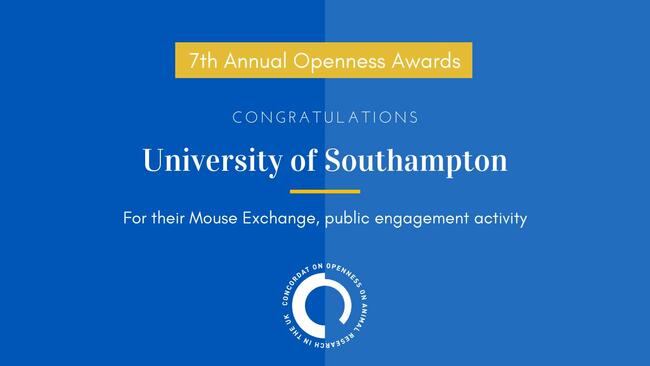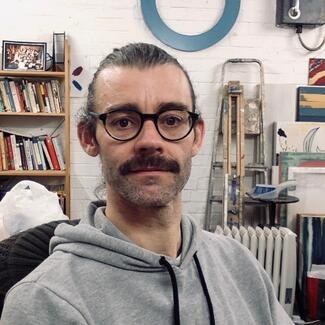Markets & Materials
Exploring the changing networks formed around the origins and fates of laboratory animals via in-depth interviews and ethnography.

There is increasing emphasis on the whole life of experimental animals, from new guidelines from funders and regulators on animal breeding and supply, to the encouragement of strain archiving and tissue sharing through biobanks, and to the rehoming of animals used in regulated procedures. At the same time, breeding has been a visible target for past anti-vivisectionist activity, with multiple attempts to disrupt and reduce the supply of experimental animals to the UK. This has not straightforwardly improved the life experiences of animals used in UK research, nor reduced numbers, instead often increasing imports of animals and overseas research. Altogether, these changes raise questions about the implications of these increasingly complex networks for efforts to protect animal welfare and for future scientific research.
This project approached the animal research nexus by exploring the changing networks formed around the origins and fates of laboratory animals through in-depth interviews and ethnographic methods. We mapped these evolving networks of animal breeding, supply, and rehoming and understood them within the cultural economies of sourcing animals for use in scientific research. We addressed questions about value, surplus, quality, assurance and welfare within animal supply chain practices.
This project was carried out by the team at the University of Southampton. If you have questions or suggestions, please feel free to contact the Project Lead, Prof Emma Roe, who will be able to direct specific questions about breeding, biobanking and supply onto Dr Sara Peres and rehoming to Dr Tess Skidmore.
Relevant, tagged site content:
Engagement Activities
The Mouse Exchange is a public engagement activity that invites small groups of members of the public to “
